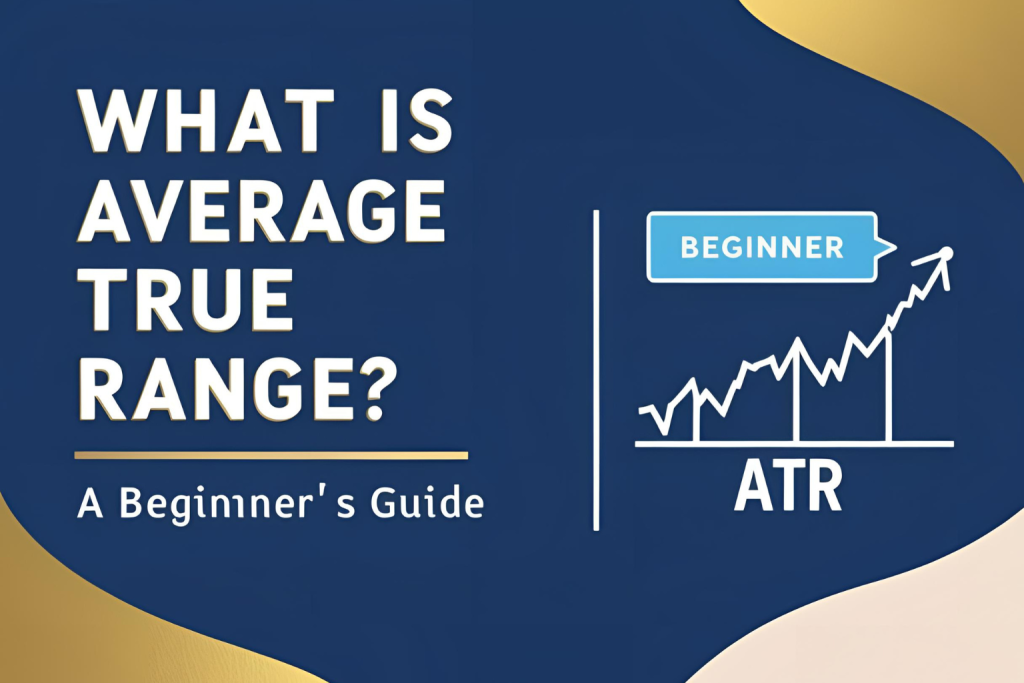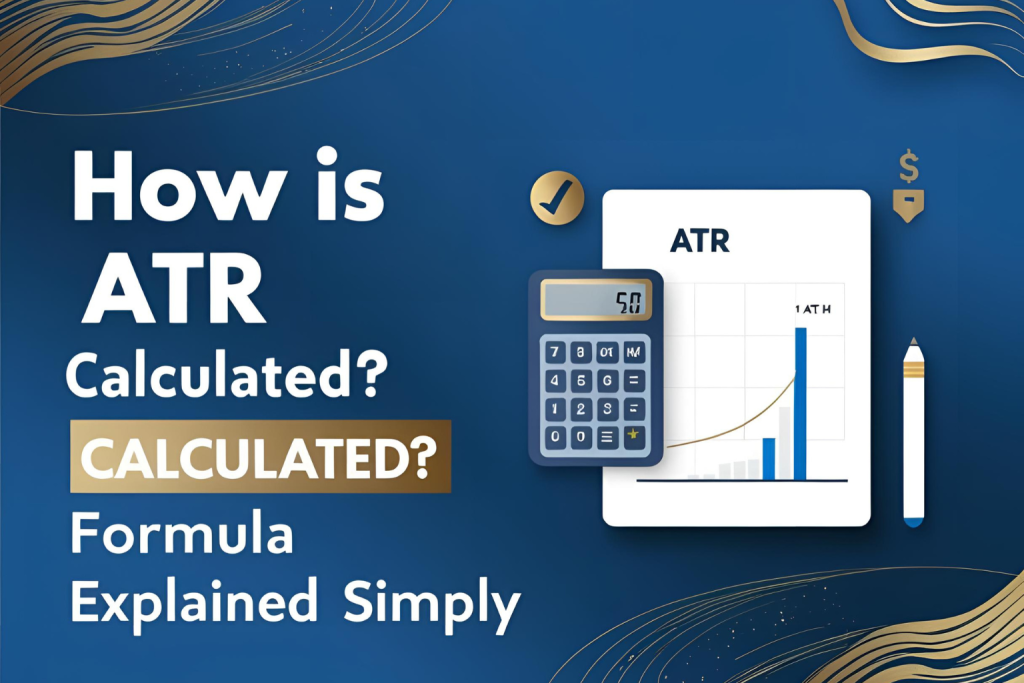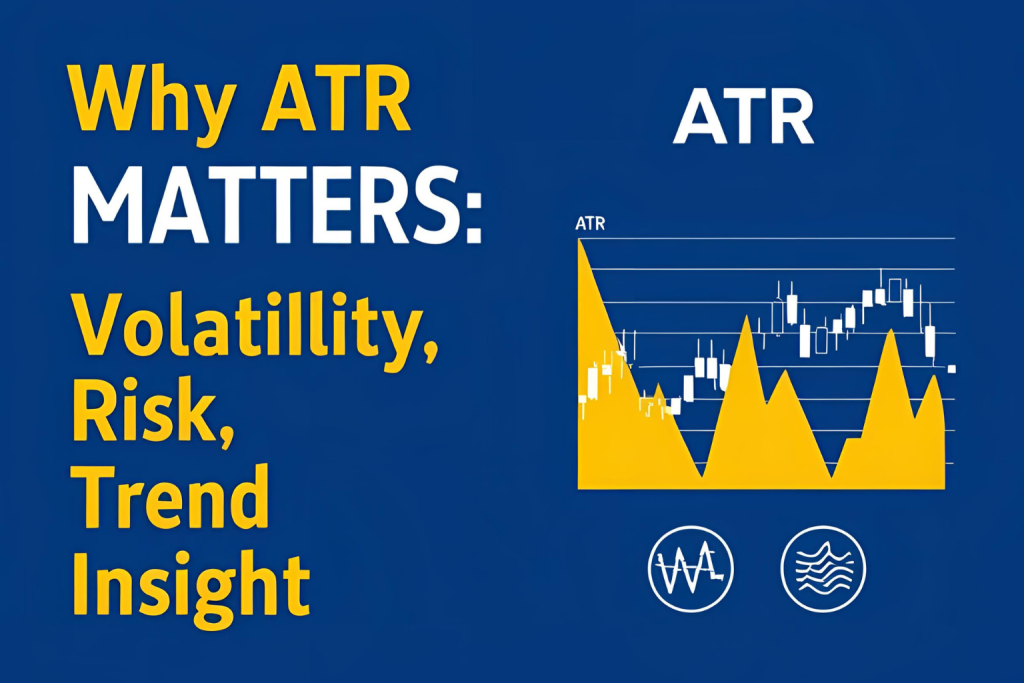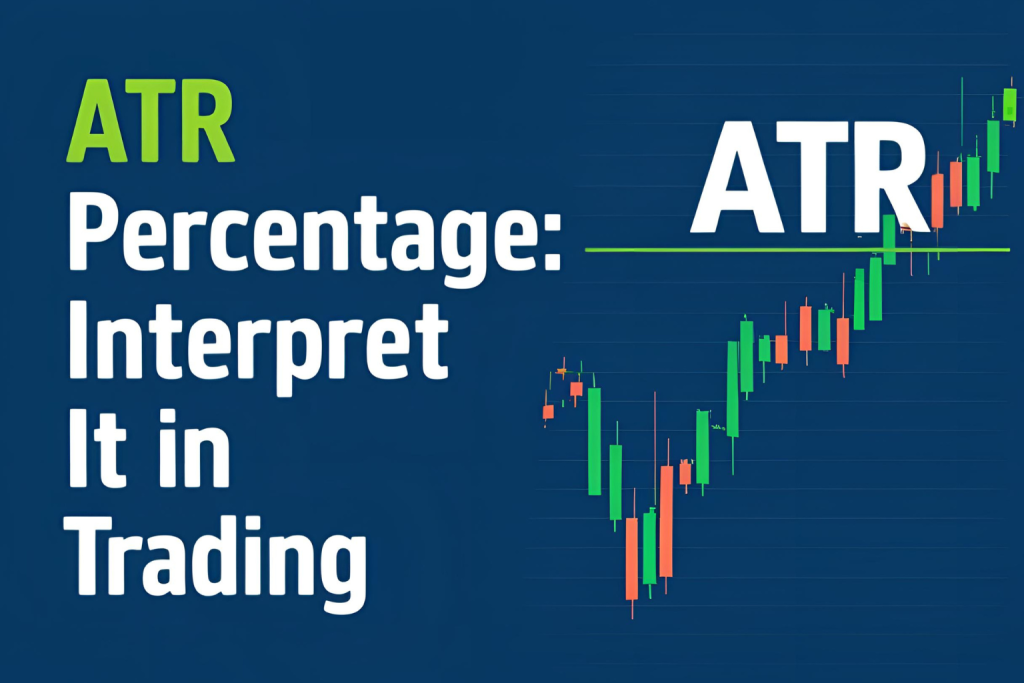If you’ve ever wondered about the ATR meaning in technical analysis, you’re not alone. The Average True Range (ATR) is one of the most valuable tools traders use to gauge volatility. While many indicators tell you where the market is going, ATR focuses on how much the market is moving.
What Does ATR Tell You?
The ATR doesn’t show market direction. Instead, it shows the level of price movement (volatility) over a specific time period. This is especially useful for:
- Setting appropriate stop-loss levels
- Adjusting position sizing
- Filtering trades during high or low volatility
Interpreting ATR Values in Charts
- High ATR: Indicates the market is volatile. This might suggest breakout potential or high-risk trading zones.
- Low ATR: Suggests a calm or consolidating market. This could lead to range-bound price action or the buildup before a major move.
For example, if a stock has an ATR of 1.5, it means the stock has been moving an average of $1.50 per day over the chosen time period.
Why ATR Is Essential in Technical Analysis
- Risk Management: Use ATR to adjust stop-loss distance based on volatility.
- Entry Timing: Avoid entries in overly volatile markets unless using a breakout strategy.
- Exit Signals: Tighten exits when ATR drops after a major move.
ATR acts like a volatility meter, giving you a real-time sense of how fast the market is moving.
ATR in Different Market Conditions
| Market Type | ATR Behavior |
|---|---|
| Trending Markets | ATR may rise with big movements |
| Ranging Markets | ATR usually stays low |
| News Events | ATR can spike temporarily |
Understanding this behavior helps traders interpret ATR values better in real-world situations.
Final Thoughts
ATR isn’t about trends, reversals, or signals—it’s about understanding the environment you’re trading in. With a clear grasp of ATR meaning in technical analysis, you can trade smarter, not just harder.
✅ FAQs
1. What does a rising ATR mean?
It means market volatility is increasing—prices are moving more each period.
2. How can ATR improve my trading decisions?
By showing volatility levels, ATR helps fine-tune your entries, exits, and stop-losses.
3. Is ATR used for trend confirmation?
Not directly. ATR only measures volatility, but a rising ATR may support strong price moves.
4. Should I use ATR alone?
No. Combine ATR with trend indicators like moving averages or RSI for a complete view.
5. Can beginners understand ATR easily?
Yes. Once you learn what ATR represents, it becomes one of the simplest and most useful indicators.




